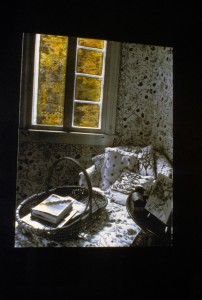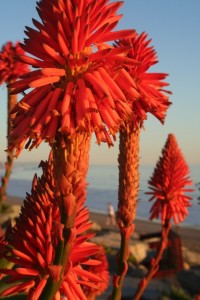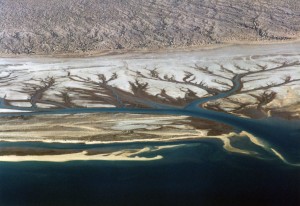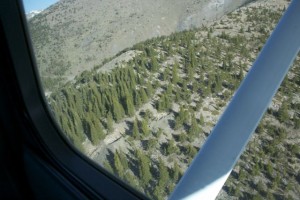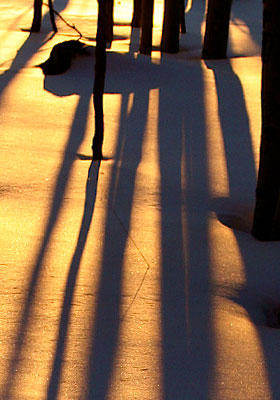Two days ago, while trying to help a beautiful looking black bug with broad orange wings to leave the confines of our bathroom, I found that the double layer of toilet paper I used to create a portable cocoon was not enough. I got stung by what turns out to be a “tarantula hawk” wasp. Online I found that their sting is reputed to be the worst insect sting in North America!
I felt stung in more than one way. I felt kind of betrayed. I was trying to be nice, and I got hurt. Ever happen to you? And when it does (because it happens to all of us in some form), how in the world are you supposed to be spiritual?
You might think of your own examples like having the check you reluctantly accepted from someone…bounce. Or having someone you loved a lot betray you. Or find out someone you counted on has just let you down. These all sting. So what to do?
We’ve all experienced letting one hurtful incident ruin our entire day and seemingly take over our whole world. One more thing that went wrong may lead us to the conclusion that everything goes wrong for us, or that the world is evil in general, or that we’re drawing dark energies to us. Going down the victim road step by step, conclusion by conclusion.
Seeing it Through a Different Lens
Here’s a process I tried on myself after the tarantula hawk got me, so that I would not go down the victim road:
- Breathe deeply and ask yourself how your heart feels.
Mine answered that it felt hurt and betrayed, whether that made sense to my mind or not. And, my heart said it felt a little hurt that my mind was telling me I was just stupid.
- List 3 reasons this might have happened.
Mine were: a) I didn’t know it was a stingy creature. (I’ve lived in Southern AZ for 26 years and never heard of this kind of wasp.) B) I made an assumption that an encounter with an unknown creature was harmless and c) Maybe I needed to learn a lesson about things that sting.
Take a moment to see if anything seems a little clearer.
- Do a compassion practice for yourself and the person or creature involved.
Breathe into your own heart and offer it your love and gratitude for how it bears all hurts. See if the hurt lightens a bit. What happens inside your heart?
Imagine breathing the person or creature into your heart and ask what it needed when the “sting” occurred. Maybe you’ll at least see something you didn’t see before, and your feeling of anger or resentment might lift a bit.
Do this practice as many times as it takes, even if it takes days or months. Some stings are bigger than others!
In my case, I found out that tarantula hawk wasps don’t sting very often, and only when they feel very threatened. I had to admit that if a giant hand with a tent on it came down over me, I’d sting too, if I could.
My husband was able to get it out into the yard in one (slightly wounded) piece, and it disappeared the next morning. Look out tarantulas! This wasp will capture you, sting you, drag you to a hole, lay an egg on you, and bury you. The larvae that hatch will feed on you alive. A much worse fate than mine!
Even with a more personal “sting” than this one, the compassion practice eventually won out over the anger and resentment that can act like poisons in our system. (They are worse than the original sting.)
I love all the versions of compassion practices when bad things happen. By taking the hurtful thing into our heart rather than chasing it away, we open the possibility of re-framing, or seeing the incident through a different lens. It may not take the sting away, but it’s a whole lot more healing than a bandaid could ever be.
Wishing you sting-free days,
Pam






